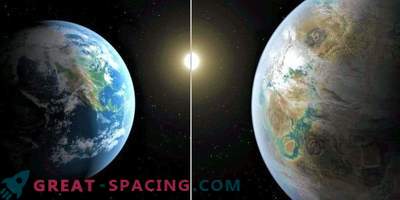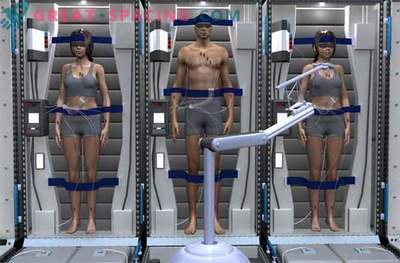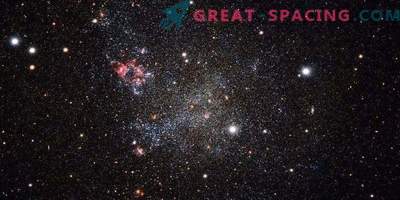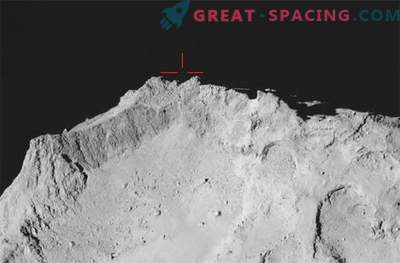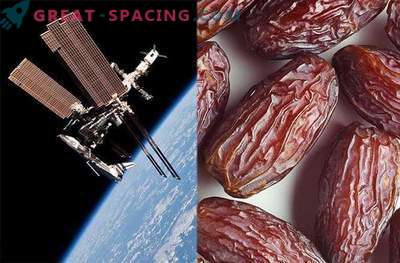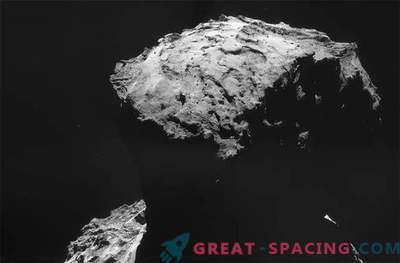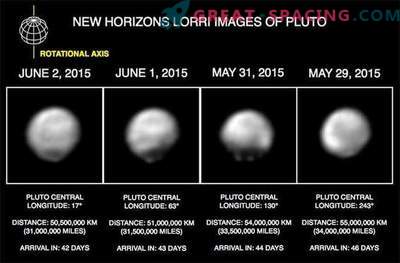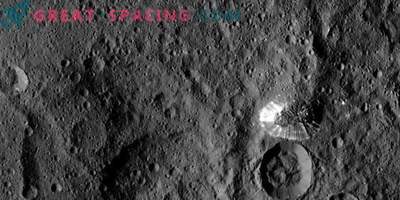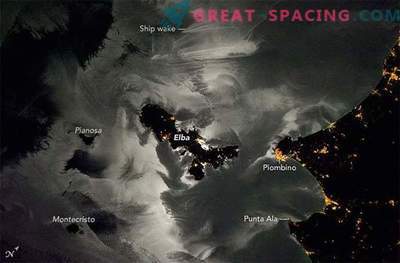
The illustration shows starlight illuminating the planetary atmosphere.
New NASA research helps improve our vision of life in worlds outside our system. Scientists decided to use a model that more realistic displays of atmospheric conditions. This led to a new process that could indicate potentially inhabitable planets.
Previous models created atmospheric conditions along a single dimension — vertically. The new study decided to use all three dimensions, allowing the atmospheric circulation to be modeled.
If you focus on our planet, then life needs water, so an exoplanet is considered potentially suitable for life, if its temperature allows water to be present in a liquid state for a long time (billions of years). If the world is located far from its star, then the surface will freeze, and if it is close, it will dry and glow. As a result, the oceans evaporate, and water vapor rises to the stratosphere.
Early models showed that to raise water vapor into the stratosphere, temperatures should exceed 66 ° C. This will lead to powerful convective storms. But it turned out that this is not the reason for the greenhouse effect.
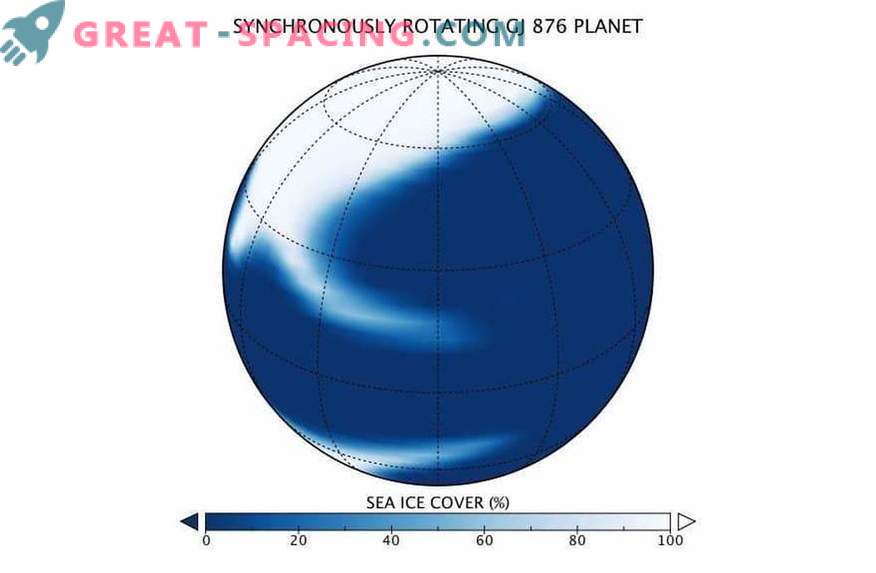
Distribution of sea ice on a synchronously rotating ocean. Blue is an open ocean, and white is sea ice.
The analysis shows that the approximate rotation of the planet to the star creates a strong influence from stellar gravity, which slows down the axial planetary rotation. This leads to a gravitational block, where one side receives the light all the time, and the other is in eternal darkness. At this moment a dense cloud cover forms on the day side, functioning as an umbrella from most of the sunlight. It keeps cool and prevents evaporation of water vapor. The researchers also found that the amount of near-infrared radiation (NIR) is capable of providing heat to the planet in a humid greenhouse.
NIR is a type of light that is inaccessible to the human eye. As the air heats up, it is understood and transports water droplets into the stratosphere, creating a moist “greenhouse”. This process is especially important for planets near low-mass stars. The cooler the star, the more NIR it releases.
This is an important observation for exoplanet hunters, because low-mass stars are the most common type in the galaxy. Their number hints that sooner or later there will be a inhabited world nearby. The data obtained contribute to a more thorough search by model and increase the chances of detection.
In future studies, the research team plans to add gravity, size, atmospheric composition, and surface pressure to the simulation to test how all these factors affect the circulation of water vapor.









